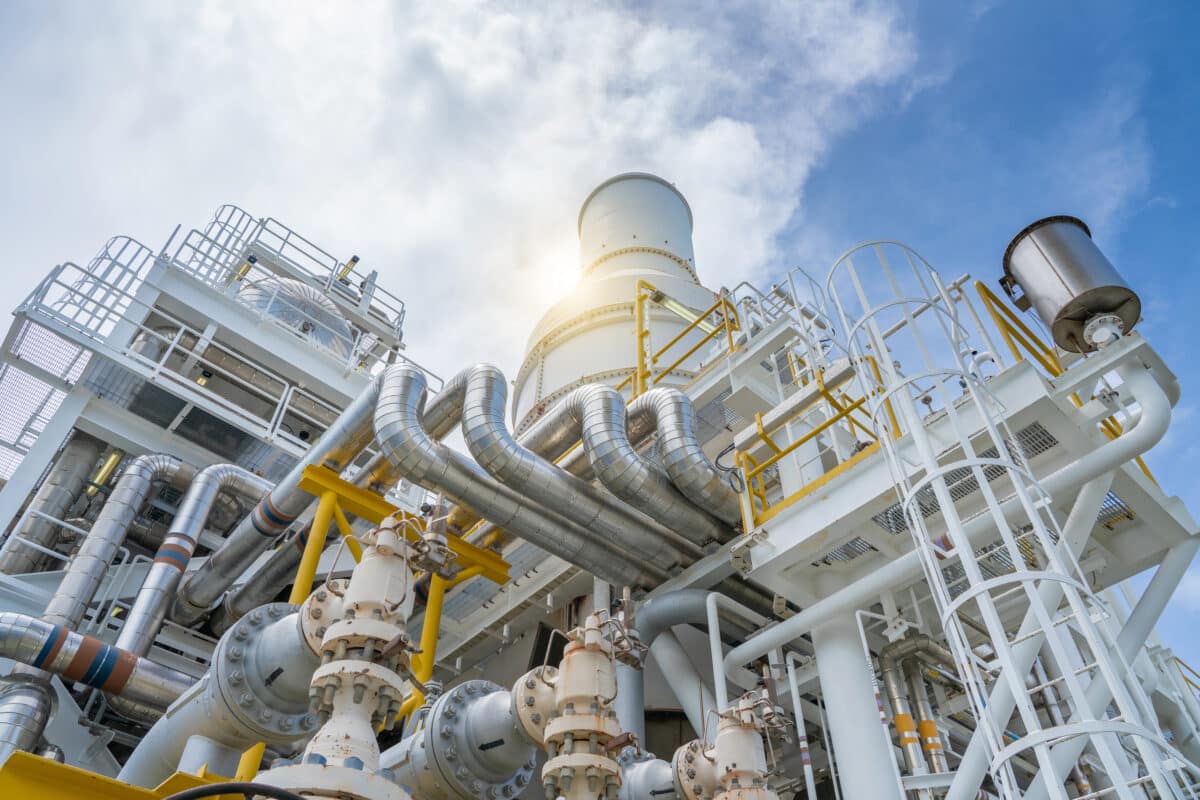
Designing an air ejector is not as complicated as one might think. By following a few simple steps, anyone can complete an air ejector design calculation. The key to success is understanding the physics behind the process and using that knowledge to determine the necessary inputs for your specific application. Let’s dive in and see how it’s done!
What is an air ejector design calculation?
If you have ever heard of air ejectors, then you know that they are used to create a vacuum pumping system capable of moving air or water. An air ejector design calculation is necessary to understand the physics behind air ejectors and how they work.
If you want to get the most out of your air ejectors, getting a handle on the calculations behind them is essential! It’s like math with real-world applications and can be fun if you open yourself up to learning about air and how air moves around us in everyday life. Whether it’s picking apart an air ejector design calculation or understanding how suction works; once you learn what makes air ejectors tick, you’ll be in control of your air destiny!
The basics of an air ejector design calculation
If you’re looking to ace your air ejector design calculation class and be the talk of the town (or at least the engineering department!), there are a few simple things you should know.
First, you need a comprehensive understanding of how the ejector functions and its potential applications. Then, you must become proficient at utilizing the physics equations necessary for calculation. Finally, check your work to ensure accuracy before submitting it! With these basics under your belt, the sky is the limit when it comes to getting perfect scores on ejector design calculations.
5 steps to make a proper air ejector design calculation
1. Determine the volume of air that needs to be moved
Air ejectors are incredibly useful machines, and before we get to the good stuff we need to start by tackling the basics. First on the agenda is figuring out how much air needs to be moved. This can be tricky since air volume is not exactly easy to measure, but it’s a necessary first step! Knowing this information allows us to decide on the best air ejector setup for any given scenario.
2. Calculate the power required to move that much air
It’s not rocket science – once you know how much air needs to move, air ejectors fly into action. You can calculate the power needed to push air around with relative ease. Don’t be left stumped when there are air ejectors at the ready – they will provide the exact amount of power needed to do the air movement job! Just make sure that you have done your calculations properly, and you will be set on a flight path to success with this air-moving endeavor.
3. Choose a suitable pump for your air ejector
Now you’re ready to get down to business! Choosing the right pump for your air ejector project is a big decision, and you’ve got lots of options available.
Take some time to compare your needs with the features and performance rates of each type of pump. You’ll be able to find one that fits perfectly and will have your air ejector working like a charm in no time! With so much selection available, it’s important to take the time to make sure you pick something that will fit your project best!
4. Determine the size and type of piping needed
Figuring out which air ejector piping you need can be an exciting challenge. Firstly, you must determine the size of your air ejector system to ensure that it will be powerful enough to properly perform the job. Then, you must choose the type of piping such as solid, semi-flexible, or flexible depending on your application’s requirements.
Make sure you take all the necessary steps needed to get the right air ejector piping to make air ejection a breeze!
5. Install the system and test it to make sure it is working properly
After working hard on the air ejector system, it’s time to install the system and make sure it works properly! This is an important step and needs to be done correctly. Installing the air ejector requires skill and patience to ensure that all components are connected correctly, allowing for the air ejector to reach its full potential.
After careful installation, a test should be completed. This will give you peace of mind that your air ejector is operating as intended, ready to take on anything you throw at it!
Conclusion
Now that you know the five steps to choose the right air pump for your needs, you can get started on finding the perfect one for your home or office. Just remember to take into account the volume of air that needs to be moved, the power required, and the type of piping needed before making your purchase. And once you have everything installed, don’t forget to test it out to ensure that it’s working correctly. After all, there’s nothing worse than a faulty air pump!
Get in touch with us
Related Posts

Understand the Working Principle of a Steam Ejector or Injector System

How Steam Ejectors Work: The Ultimate Guide
About Us

Croll Reynolds Company, Inc. is a US-based engineering firm specializing in the design, and manufacture of process vacuum systems and related equipment.
